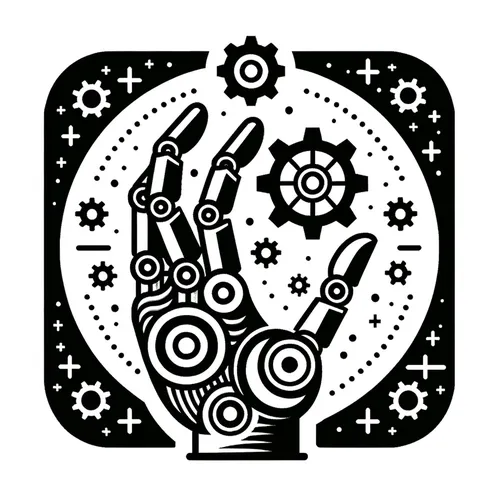Robo-Gossip: AI Arms Race Heats Up as Industry Giants Flex Their Robotic Muscles!
- Author
- Quiet. Please
- Published
- Sat 14 Jun 2025
- Episode Link
- https://www.spreaker.com/episode/robo-gossip-ai-arms-race-heats-up-as-industry-giants-flex-their-robotic-muscles--66556490
This is you Robotics Industry Insider: AI & Automation News podcast.
The robotics and automation landscape is at a pivotal moment, driven by technological breakthroughs and shifting market dynamics. For those inside the industry, June 13, 2025 felt like another step toward a future where artificial intelligence and advanced robotics redefine industrial workflows. Several developments have stood out recently, reflecting both current innovation and the challenges the sector faces.
Breakthroughs in robotics continue to push boundaries. RealMan Robotics recently unveiled AI-powered robotic arms and modular platforms that are now transforming manufacturing, research, and healthcare applications. These arms, powered by sophisticated machine learning algorithms, are designed to adapt quickly to new tasks, marking a significant leap in flexibility. Industrial automation has seen robust growth despite recent regional downturns—Germany’s robotics sector, for example, is weathering a 10% revenue drop this year, but global market projections remain optimistic. The global industrial automation market is set to surge from roughly 256 billion US dollars in 2025 to 569 billion by 2034, reflecting a compound annual growth rate just under 10%.
Integration of artificial intelligence into robotics is gaining momentum. NVIDIA’s partnerships with robotics leaders like KUKA, Universal Robots, and Vention have yielded new hardware and software solutions, allowing manufacturers to train robots faster and simulate environments more accurately. AI systems now enable robots to learn from synthetic data, reducing the need for costly real-world training sets and speeding up deployment. This shift is enabling software-defined automation across warehouse and factory settings, with embodied AI systems becoming more accessible and effective.
Recent research and development updates highlight the emphasis on safety and modularity. Companies like Wieland Electric are launching new safety controllers for high-performance motion, while OMRON is reorganizing its robotics efforts to accelerate innovation. Collaboration is a driving force—Rockwell Automation’s investment in RightHand Robotics enables system integrators to blend advanced piece-picking solutions with broader automation infrastructures.
Practical takeaways for industrial players include prioritizing AI-driven robotics to boost operational flexibility, investing in partnerships for integrated automation solutions, and adopting modular, scalable platforms for future-proofing production lines. Looking ahead, the trend toward AI-powered industrial autonomy and the rise of smart factories will likely dominate the next decade, addressing labor shortages and boosting productivity. Case studies, like the fully autonomous robotic pizza kitchen recently launched in Columbus, underscore the potential for automation across diverse sectors, with tangible results already visible in automotive, logistics, and food services. The future is clear: industrial automation, powered by AI and collaborative robotics, will continue to unlock new efficiencies and reshape global manufacturing landscapes.
For more http://www.quietplease.ai
Get the best deals https://amzn.to/3ODvOta
